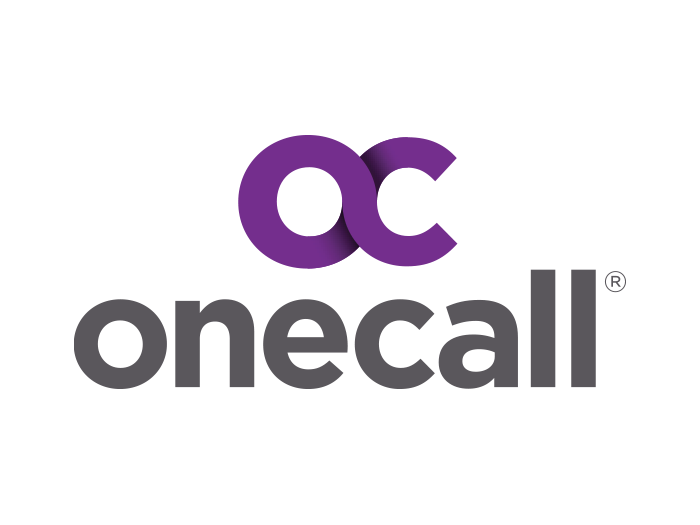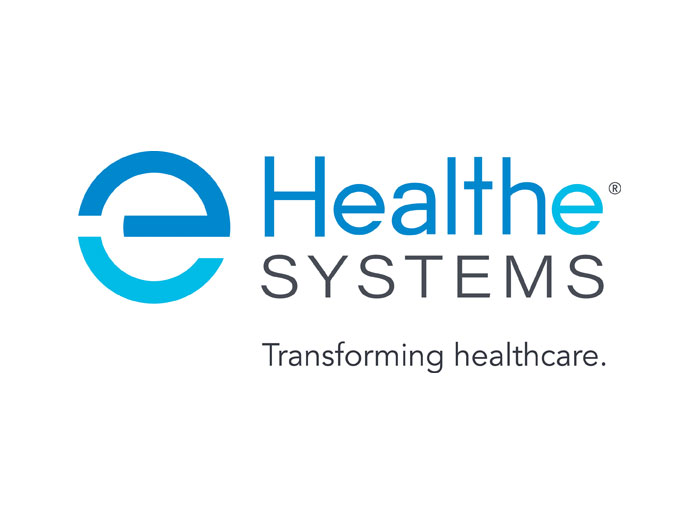Work Environment Redux: What Employees Want in 2022 and How Workplaces Are Responding
The Great Resignation, in which roughly 33 million Americans left their jobs in the past year, caused employers to change how they structure the work environment to improve employee satisfaction in their work and life.
In part, employers are moving towards instituting greater flexibility and autonomy with employee work schedules and work locations. Since the onset of the pandemic, employees are no longer entering the office setting, but instead entering the “WFH” (work-from-home) arena.
However, as this has become the norm for many over the past two years, an even newer phenomenon has emerged where some employees are evolving into Global Nomads.
According to GoExpat.com, a global nomad (or “glomad”) is someone living an international lifestyle while perhaps working in their country of origin.
People who live as glomads are looking to live abroad independently and not be tied to one geographical location. With traditional workspaces no longer status quo, how can employers support the paradigm shift in how employees feel about work, while maintaining high standards of service and productivity?
Empowerment Is Key
For organizations to remain competitive and successful, company leaders must strive to foster employee empowerment. Culture, work environments, benefits, and wellness are key components that companies need to align with the new work climate.
Monetary incentives are simply not enough. Employers should regularly review their total employment package, including reward programs, to ensure they support employees’ aspirations and goals.
A good start to empowerment is to conduct “stay interviews” as a mid-year workforce temperature check. It’s of no help to wait for employees to resign before conducting exit interviews, only to discover missed opportunities that could have been addressed while the employee was still engaged.
A more proactive approach is vital to the retention of good talent. Adding stay interviews ahead of performance reviews can open the way for meaningful dialogue that encourages employers to improve their training and development programs, address career advancement opportunities, and create a more cohesive and inspired work force.
According to a 2021 LumApps survey, trained and nurtured workers are 6-12% more productive, resulting in a very positive ROI, and any costs associated with upskilling an existing employee are minimal compared to recruiting, onboarding, and training new talent.
Our Attitude Makes a Difference
The CDC reports, “mental illnesses, such as depression, are associated with higher rates of disability and unemployment. Only 57% of employees who report moderate depression and 40% of those who report severe depression receive treatment to control symptoms. ”
Companies should develop methods to promote employees’ wellness and mental health, perhaps by designing a comparative analysis aimed at helping employees navigate their benefits and provide guidance in overcoming common barriers that employees may encounter, such as:
- Does the insurance program charge a copay? Is there a deductible?
- Is there an Employee Assistance Program that pays first dollar coverage? What kind of services are offered?
- Does the benefit package allow for virtual visits?
Answering these types of questions can allow employees to make wiser decisions about mental well-being.
A one-size fits all approach is not an attitude companies can afford, and name recognition is no longer enough to recruit and keep talent. Allowing employees more independence will encourage the best outcome for the company and the longevity of the employee relationship. &










